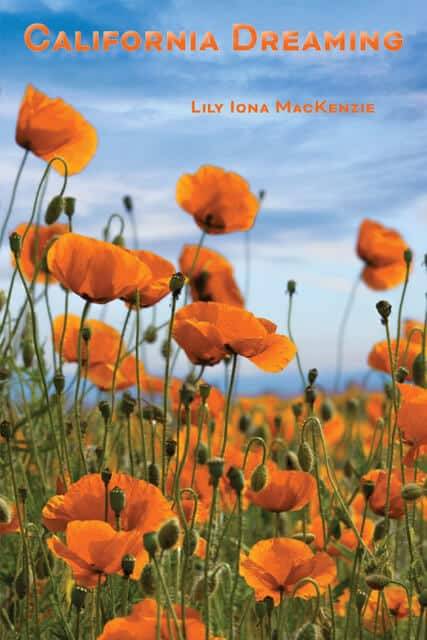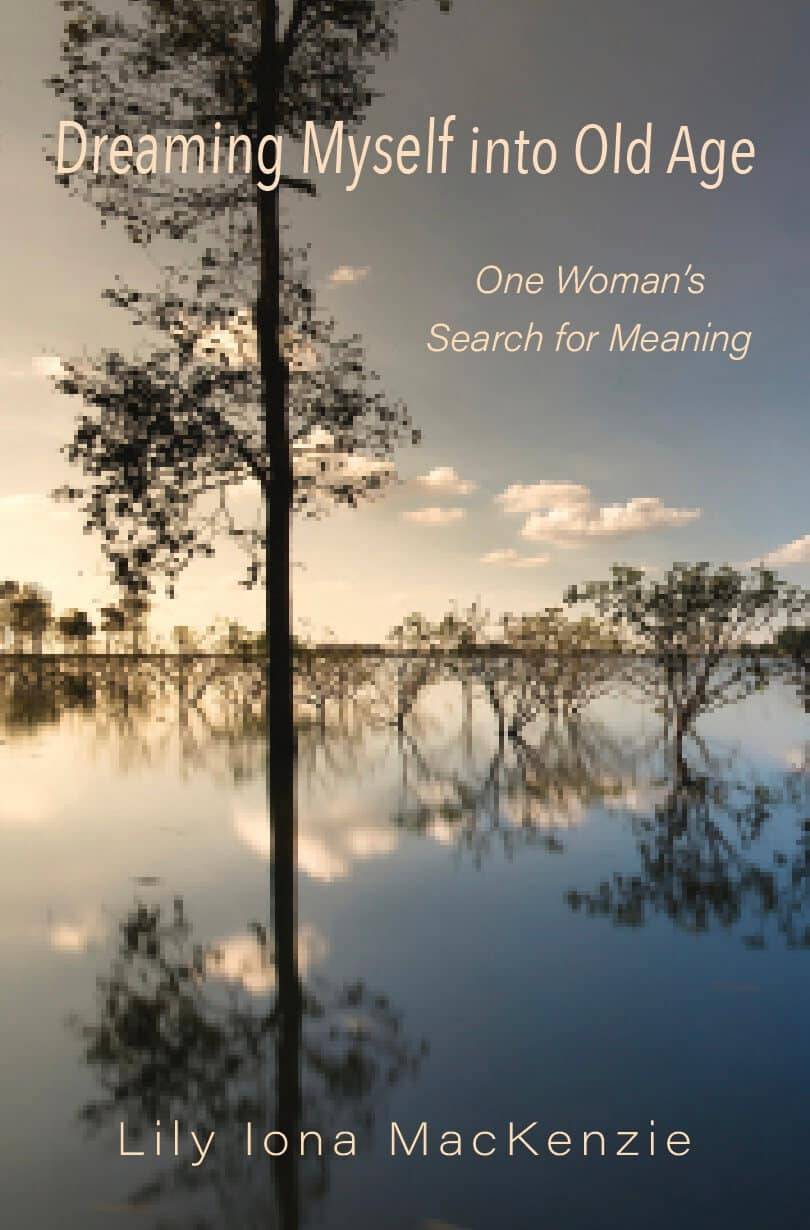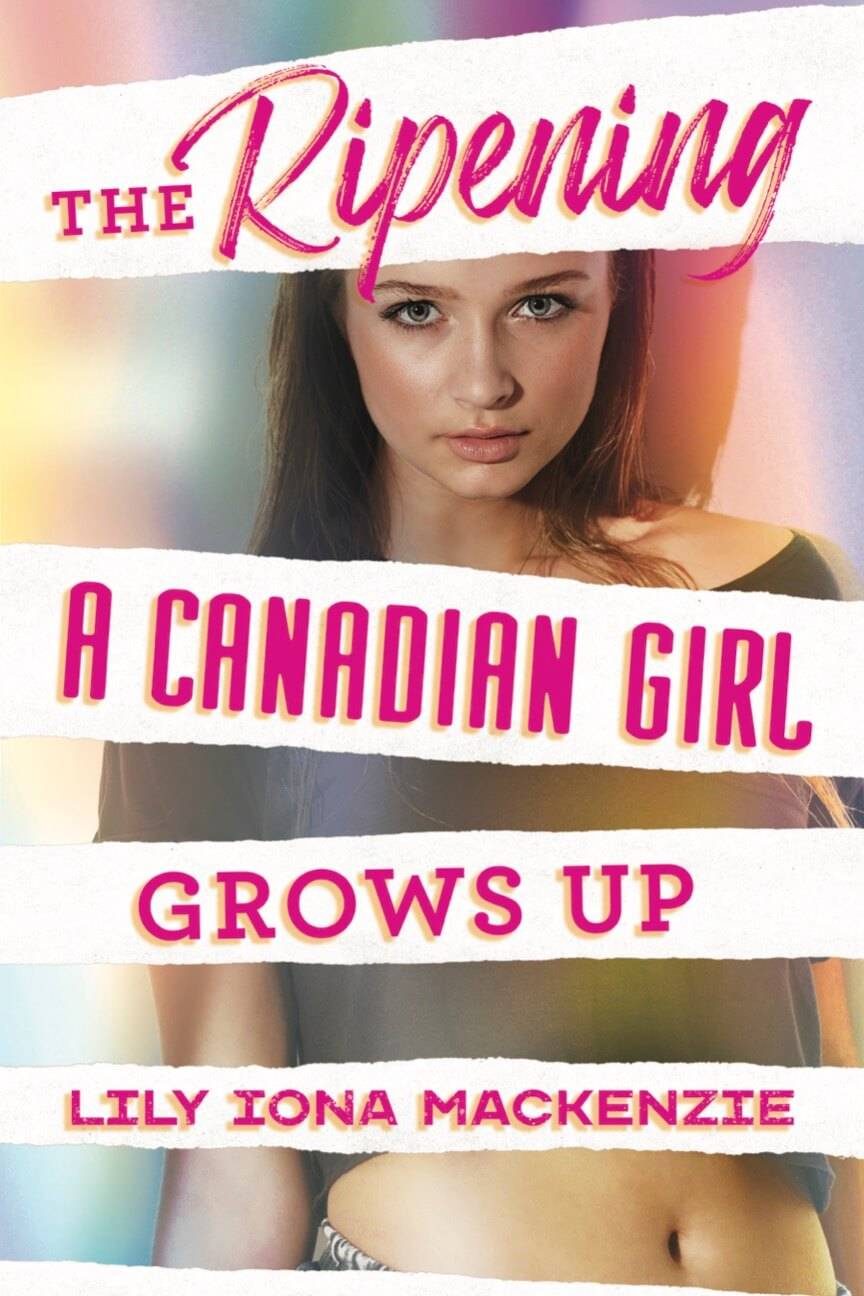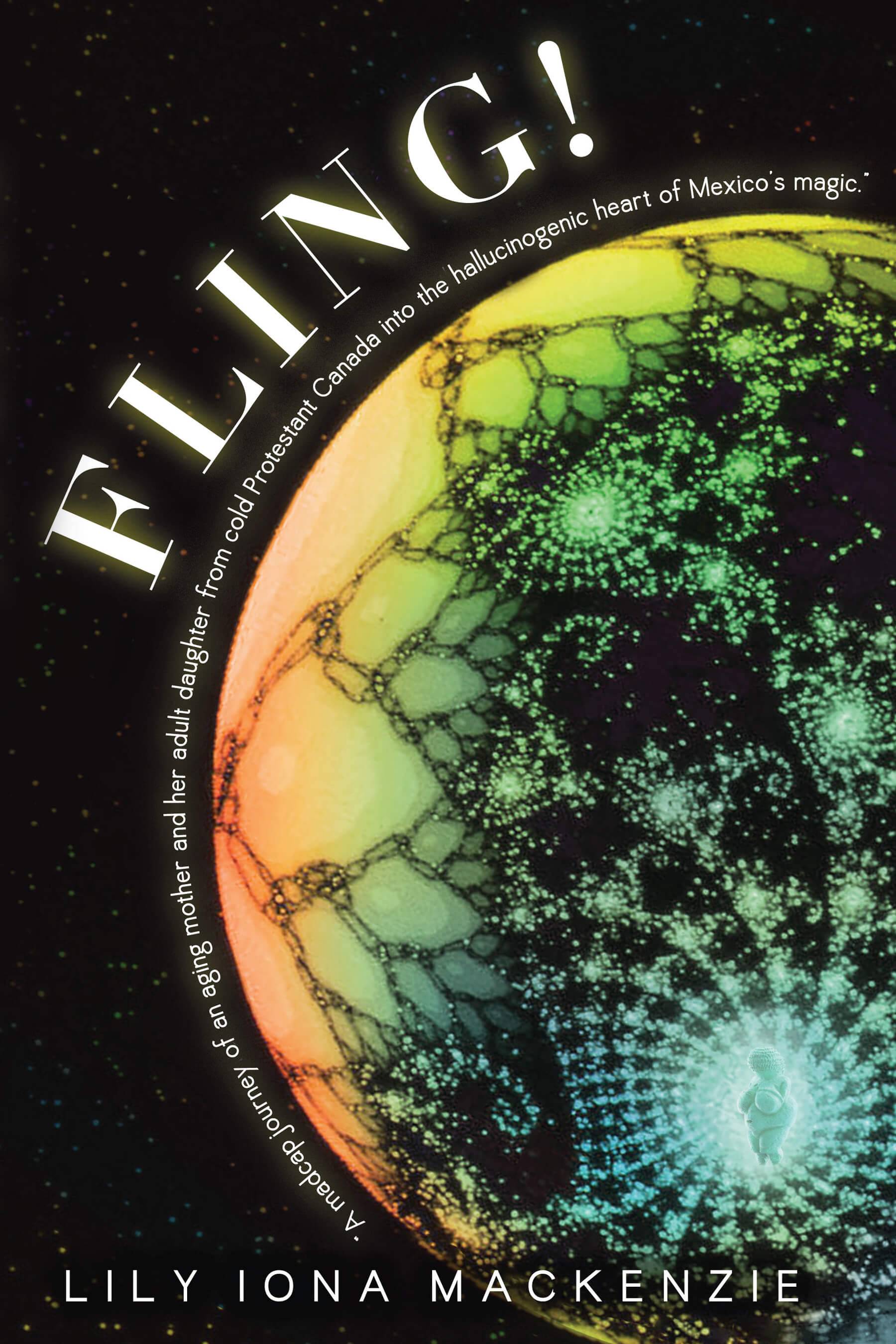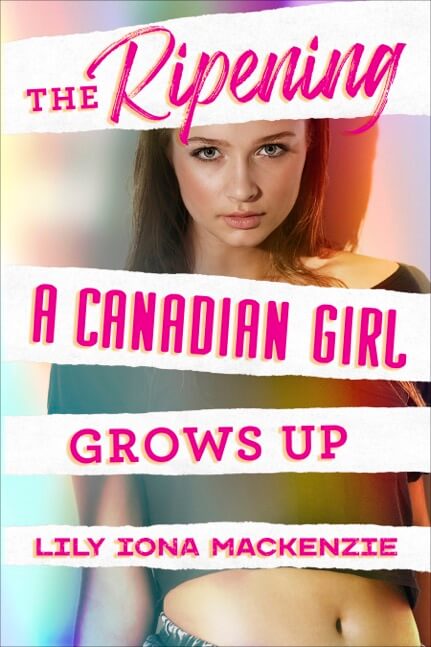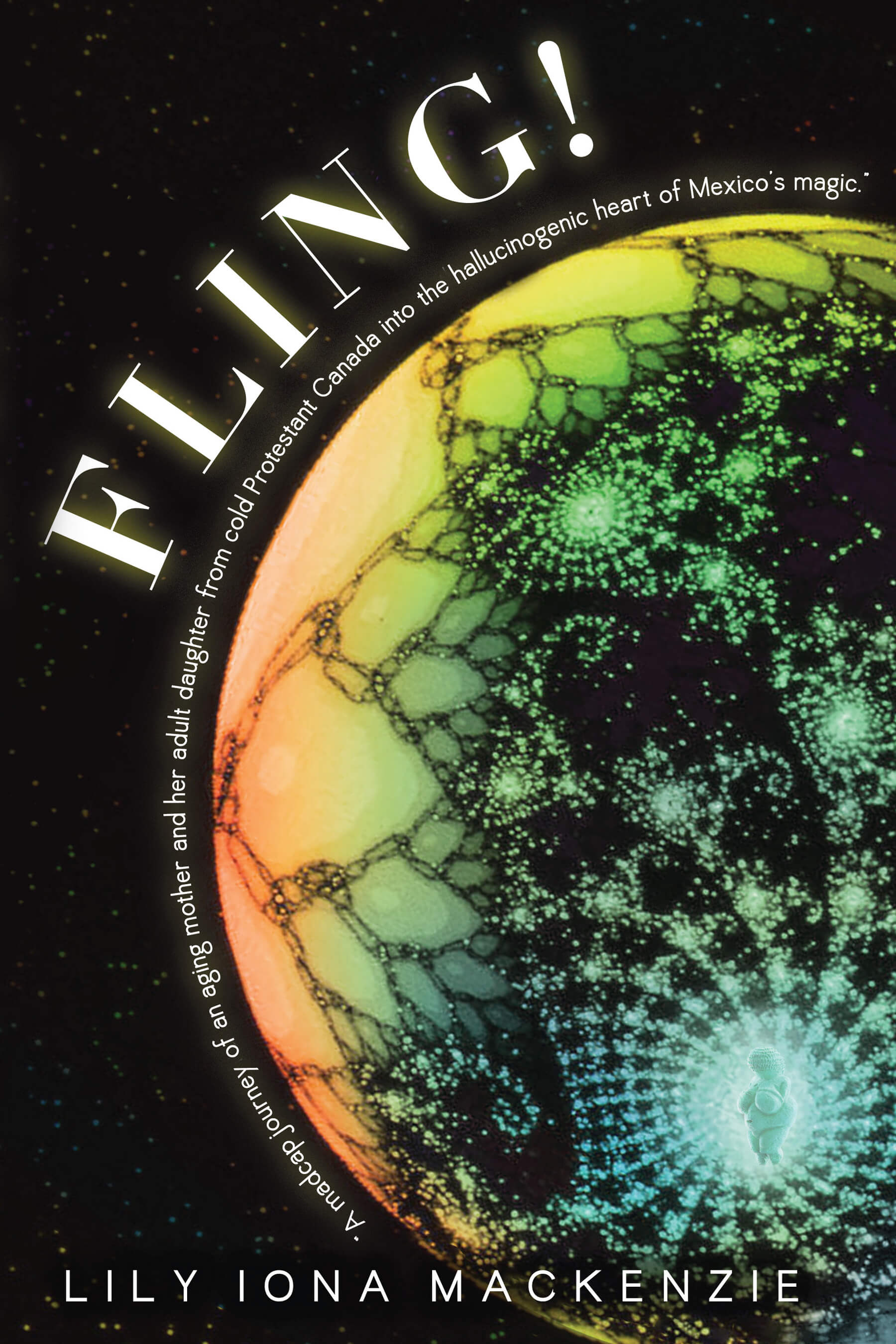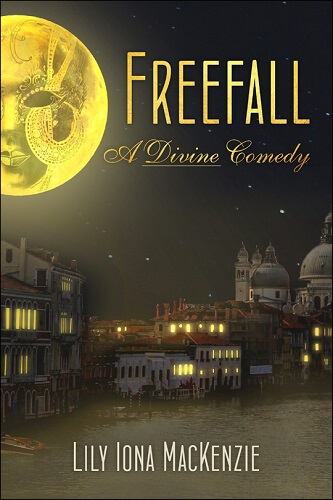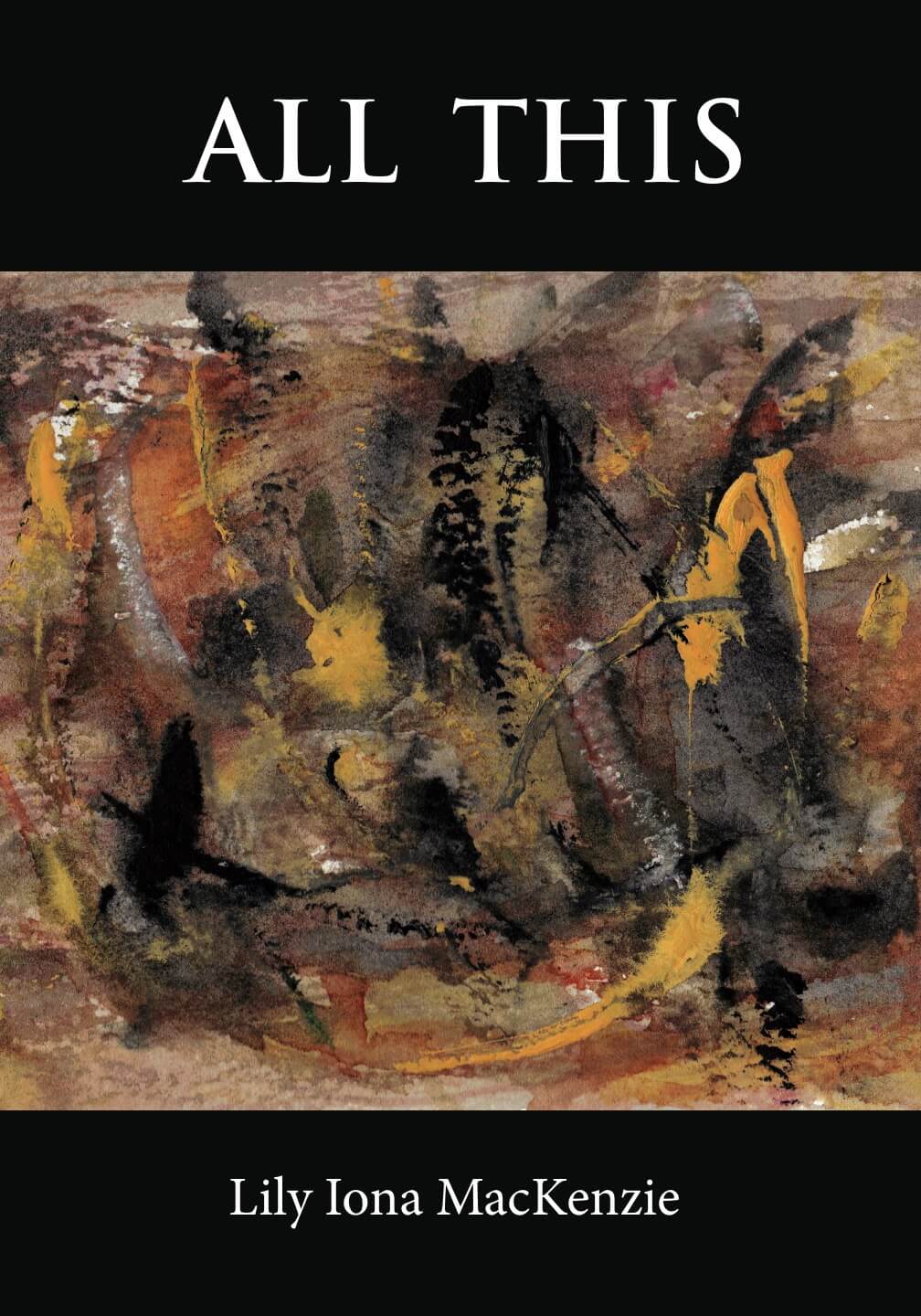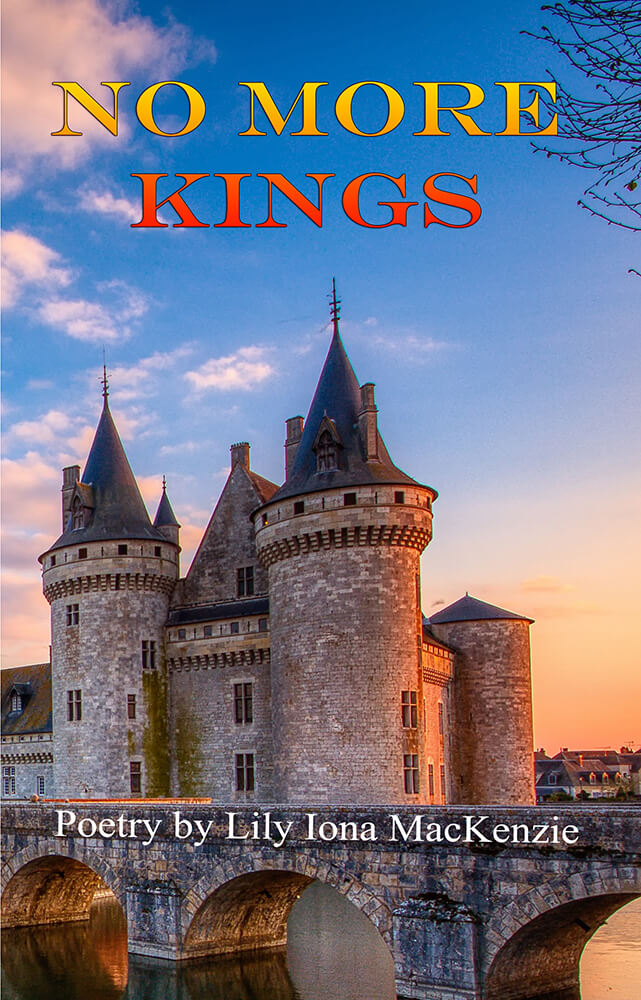I’ve been reviewing The Tibetan Book of the Dead, which I picked up several years ago, intrigued with a section on meditation that seems important to me just now: “The art of dying begins with preparation for death. As for any journey, there are innumerable preparations one can make. The Book of Natural Liberation suggests at least five main types of preparation while still living: informational, imaginational, ethical, meditational, and intellectual” (52).
My interest in taking up a more focused spiritual practice again is to experience some of these things listed as preparations for death. The wisdom texts can help with that need. I don’t want to be like the ostrich with its head in the sand; I believe in preparing for life’s various stages, being knowledgeable, ready.
That’s why meditation as an active practice attracts me again. I did it daily for many years before Michael and I met, when I was living alone. The Tibetan Book of the Dead has a good section that gives an overview of the various meditations one can do, from the basic calming meditation of one-pointed attention, to using ordinary daily activities as opportunities for contemplation:
“This involves using sleep as a time for practice. You can convert the process of falling asleep into a rehearsal of the death dissolutions, imagining yourself as sinking away from ordinary waking consciousness down through the eight stages into deep-sleep clear-light transparency. And you can convert the dream state into a practice of the between-state, priming yourself to recognize yourself as dreaming when in the dream…. It is very important, for if you can become self-aware in the dream state by the practice of lucid dreaming, you have a much better chance of recognizing your situation in the between after death” (57).
I’ve had numerous lucid dreams over the years, but I hadn’t thought of them as vehicles for preparing for death! But I’ve had fewer since I stopped practicing meditation regularly.
OM MANI PADME HUM works for me as a meditation, especially when I awaken in the night and have trouble getting back to sleep. I found it in The Tibetan Book of the Dead, and I like the idea that it evokes a universal good in all things, which can prevail even in times of misfortune. Of course, you need to believe that there is a universal good in all things for this mantra to be effective; I guess I believe that. Or I would like to.
Pen-L Press will be publishing my novel Fling in 2015. A wildly comic romp on mothers, daughters, art, and death, the book should appeal to a broad range of readers. While the main characters are middle-aged and older, their zest for life would draw readers of all ages, male or female, attracting the youthful adventurer in most people. Though women may identify more readily with Feather and Bubbles’ daughter and mother struggles, the heart of the book is how they approach their aging selves and are open to new experiences. Since art and imagination are key to this narrative, artists of all ages would find something to enjoy. And because the book crosses many borders (Scotland, Canada, the U.S., and Mexico), it also can’t be limited to a specific age group, social class, gender, or region.
My first fan letter for Fling came from an 80 year-old woman who lives in the tiny village of Christina Lake, B.C. My son, who also lives there, had given her my manuscript to read. She said, “I just wanted to express to you how very much I enjoyed your writing. I started it and didn’t stop till I had read it all. I very much like your style and your subtle humor. Thank you for a most enjoyable read. I can’t understand why it hasn’t been scooped up by some publisher. But I know that it will be. In my estimation I know that it is excellent literary work. I am a voracious reader and have been since grade 4. I remember my first book was Tom Sawyer and I have never stopped since then. I go through 4 to 5 books a week. We are so fortunate here at the Lake now. The Library staff in Grand Forks come out here every Wednesday. I have become very fond of the young lady who comes out. She provides me with all the award winning books and orders others for me. Again I want to express to you how very much I enjoyed your manuscript. Have patience my dear….it will be published to wide acclaim I am so sure.” —Joan Fornelli.
Here is a synopsis:
Feather, an aging hippie, returns to her Calgary home to help her mother, Bubbles, celebrate her 90th birthday. Bubbles has received mail from the dead letter office in Mexico City, asking her to pick up her mother’s ashes, left there seventy years earlier and only now surfacing. Bubbles’ mother, Scottish by birth, had died in Mexico in the late 1920s after taking off with a married man and abandoning her husband and kids.
A woman with a mission, and still vigorous, Bubbles convinces a reluctant Feather to take her to Mexico so she can recover the ashes and give her mother a proper burial. Both women have recently shed husbands and have a secondary agenda: they’d like a little action. And they get it.
Alternating narratives weave together Feather and Bubbles’ odyssey with their colorful Scottish ancestors, creating a family tapestry. The “now” thread presents the two women as they travel south from Canada to San Francisco and then Mexico, covering a span of about six months. “Now” and “then” merge in Mexico when Bubbles’ long-dead mother, grandmother, and grandfather turn up, enlivening the narrative with their antics.
In Mexico, the land where reality and magic co-exist, Feather gets a new sense of her mother. The Indian villagers mistake Bubbles for a well-known rain goddess, praying for her to bring rain so their land will thrive again. Feather, who’s been seeking “The Goddess” for years, eventually realizes what she’s overlooked.
Meanwhile, Bubbles’ quest for her mother’s ashes (and a new man) has increased her zest for life. A shrewd business woman (she’s raised chickens, sold her crafts, taken in bizarre boarders, and has a sure-fire system for winning at bingo and lotteries), she’s certain she’s found the fountain of youth at a mineral springs outside San Miguel de Allende; she’s determined to bottle the water and sell it.
But gambling is her first love, and unlike most women her age, fun-loving Bubbles takes risks, believing she’s immortal. Unlike her daughter, Bubbles doesn’t hold back in any way, eating heartily, lusting after strangers, her youthful spirit and innocence convincing readers that they’ve found the fountain of youth themselves in this character. At ninety, she comes into her own, coming to age, proving it’s never too late to fulfill one’s dreams.
Fling, a meditation on death, mothers and daughters, and art, suggests that the fountain of youth is the imagination, and this is what they all discover in Mexico. It’s what Bubbles wants to bottle, but she doesn’t need to. She embodies it. The whole family does.
